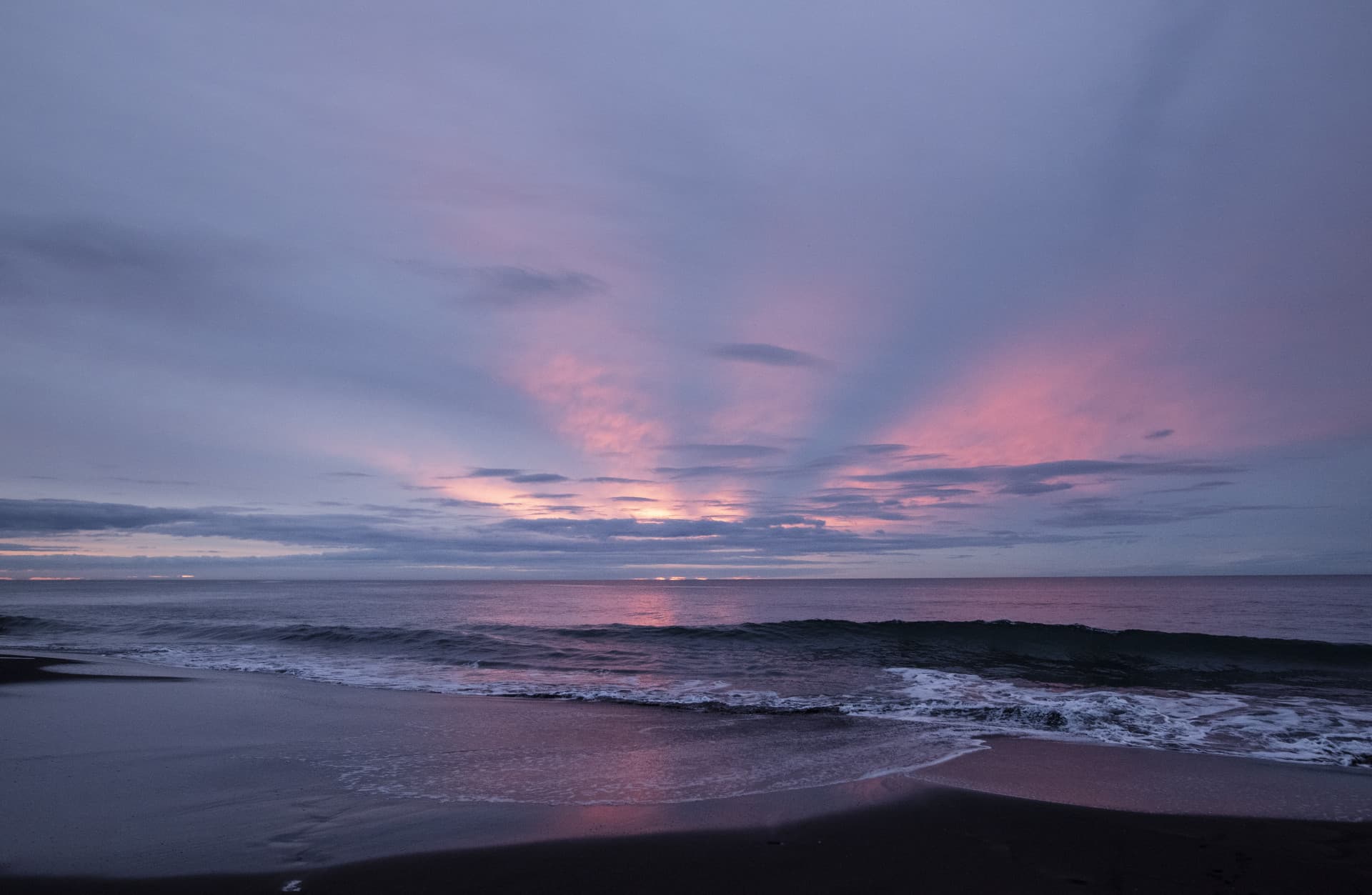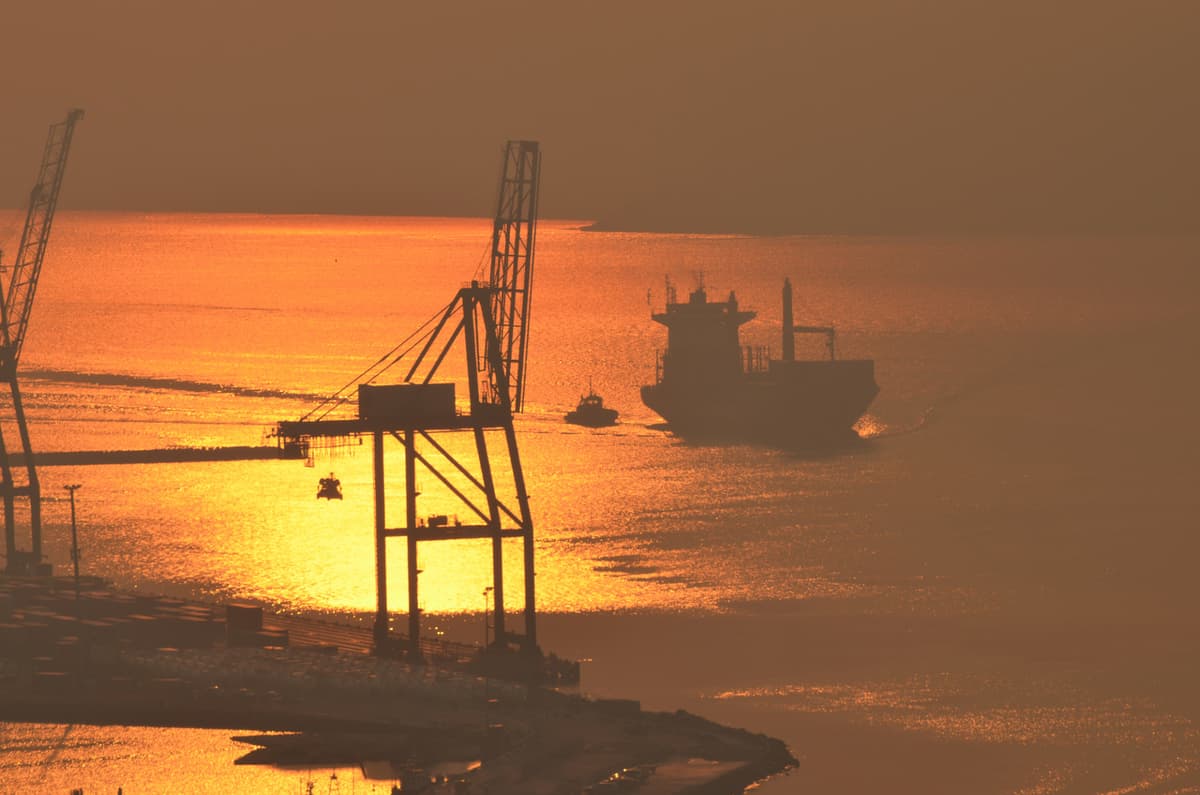

Mayall-Nahi M, Williams E, May K, Kainamu A, Ratana K (November 2021)
The Sustainable Seas National Science Challenge recognises that tangata whenua, as Te Tīriti o Waitangi partners have important reciprocal and intergenerational relationships with their local environments. Understanding the risks from the perspectives and experiences of tangata whenua is crucial to building equitable processes and capability within marine decision-making processes.
The project titled ‘Decision-making under uncertainty – a review of new tools and approaches for assessing risk in complex environmental problems’ reviewed and evaluated methods to support decision-making under conditions of significant uncertainty around risk (Inglis et al. 2018).
This review seeks to complement Inglis et al. (2018) and provide examples of frameworks, processes and methods developed with and/or by Māori, to support iwi/hapū/whānau and their assessments of the direct and indirect environmental risks of different activities.
Tangata whenua are intimately bound to oceans, estuaries, rivers, lakes, and streams through whakapapa.These environmental aspects are a fundamental tenant of personal and tribal identity for tangata whenua. Māori have interconnected relationships with the environment as a component of the natural order, rather than as controllers and exploiters of resources.
The environment and associated natural resources are taonga, and how tangata whenua engage is crucial to their well-being, integrity, culture, ability to uphold kawa and tikanga, and keep cultural practices alive.
On a daily basis, whānau, hapū and iwi are confronted with a plethora of proposals for resource use and development that all need to be assessed for the potential risks and impacts from a Te Ao Maori perspective.
To inform this review we drew on existing published and readily discoverable literature from the environmental regulation, biosecurity, environmental health, hazards, and climate change disciplines.
We chose these examples to reflect a range of methods, processes and protocols that may be familiar to various government agencies with responsibilities in these areas and therefore anticipate that many of the common learnings expressed through these studies will also be relevant to Ecosystem Based Management and the Sustainable Seas National Science Challenge.
This review briefly touches on nine case studies that explore culturally appropriate approaches for framing risk and evaluating potential impacts to Māori interests:
Based on the successes and challenges raised by the case studies above, this report summarises some of the key lessons that can be used to support iwi/hapū and their assessments of the direct and indirect risks and impacts of different environmental/marine-based activities.
